
Red. is a point of care device capable of realizing blood tests to detect contamination by infectious diseases and delivering the results quickly. It uses disposable cartridges which are capable of realizing real time polymerase chain reaction (PCR) in 15 minutes. Its design resembles today smartphones to make it more user friendly. It also has smartphone dimensions which makes Red. portable.
Materials: ABS
Dimensions: 108x66x26 mm

Healthcare is a major concern for every nation in the world. The cost to maintain a good healthcare service is extremely high and it becomes an even bigger issue when we talk about countries with less economic power. For instance, the sub saharan africa is the most afflicted region in the world by AIDS and malaria. These two diseases are alone a worldwide problem, killing millions of people every year. Many of the death cases occur just because the necessary aid wasn´t given on time. Not only there is a lack of adequate medical infrastructure but also of qualified medical personnel. Because of that it was identified a need for an alternative way to detect contamination by infectious diseases that is accurate (to deliver trustable results), inexpensive (so it can be affordable by the largest number of countries) and easy to use (cutting the need of highly trained medical personnel to operate).

1 - This is how the regular healthcare system works when someone needs to take a blood test.

2 - This is how things would be with a point of care device like Red. The response time is way quicker. This allows the patient to start treatment sooner which increases his chances of cure.
On 1 we see what happens when an infected person looks for aid. when in contact with a health station the person has a blood sample collected. The next step is critical. It is when the collected samples are sent to a lab. this can take too much time or not even happen. The green arrows show what can occur if the tests results take too long to be delivered. The person can somehow get better or more likely die because he didn’t start the treatment on time. On 2 we see a scenario with a point of care (poc) device. Point of care is concept of device that is capable of realizing tests (blood, glucose, urine, etc.) at the place that the patient is. This allows the results to be available faster, so the patient can start adequate treatment earlier and his chances of cure are higher. A poc device must be also easy to use, rugged, cheap and portable.

How things would be with Red.
The infected person looks for aid. In this case it can be any health professional because Red. Is very easy to use. the health professional collects a blood sample with traditional vacuum tubes. The sample is inserted into the cartridge and this one is inserted in the device. 15 minutes later a “beep” sound confirms the end of the test. The led located at the center of the device’s front plate gives the result: red means infected, green means not infected.

After the test, the used cartridge is fully disposed (like syringes) and there is no contact with the patient's blood.
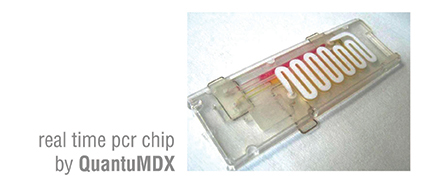
Real time polymerase chain reaction (PCR) on a chip
This technology is capable of performing polymerase chain reaction (PCR) on a small chip. PCR is a technique used on laboratories to detect diseases, make paternity tests and also forensics. It uses an amplified sample of DNA to detect patterns and it is very accurate. The pcr chip is capable of realizing pcr by using a DNA biosensor and chemical reagents embedded on the chip. The whole process is done automatically and it is way faster than normal pcr (from 1h to 15 minutes). Due to the chip’s small size it is possible to apply this technology on portable devices and because the process is automatic, it is relatively easy to use. The type of test which will be conduct is defined by the chip's DNA sample and reagents.











How the cartridge is inserted into the device. Each cartridge can be used once and is capable of conducting one type of test. This will be defined by the chip's configuration.



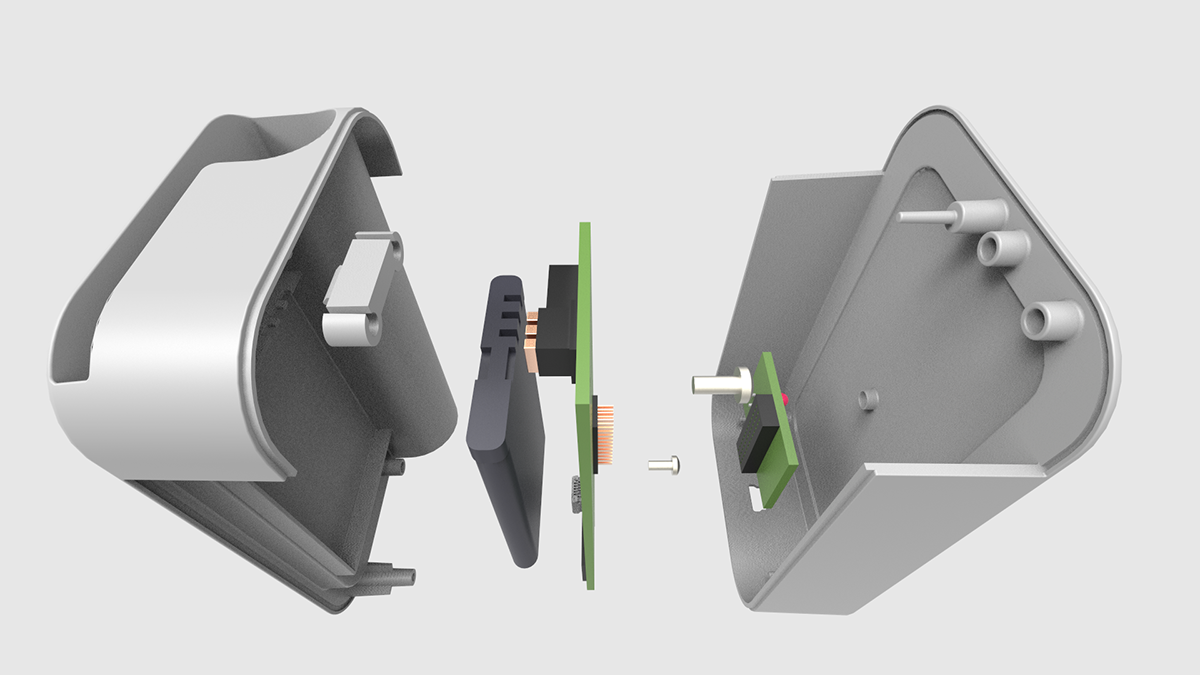


Multiple colors for identification






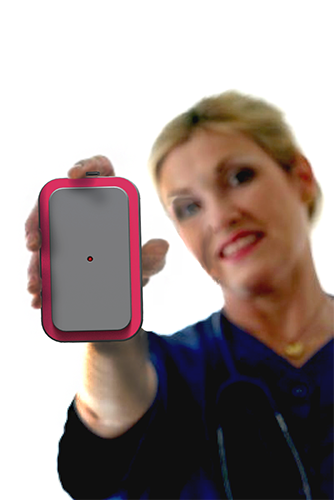
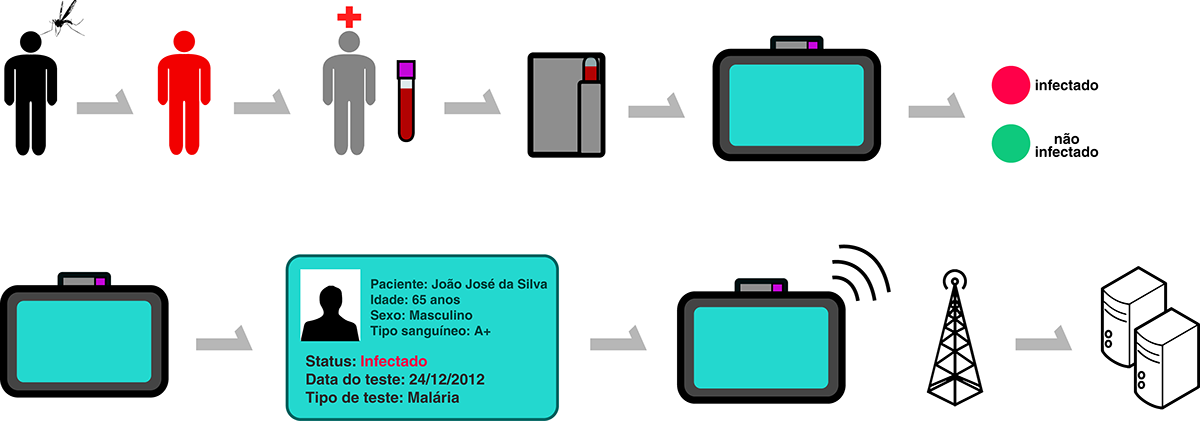
The Red. Server is a concept model designed for hospitals, airports, and other places with high people flux.
The Server is capable not only of testing, but also of registering the patient and his test result. After the test the operator enters the patient's personal data and the test result. This info will be sent to a database which can be acessed by hospitals and other healthcare professionals.
The Server is capable not only of testing, but also of registering the patient and his test result. After the test the operator enters the patient's personal data and the test result. This info will be sent to a database which can be acessed by hospitals and other healthcare professionals.














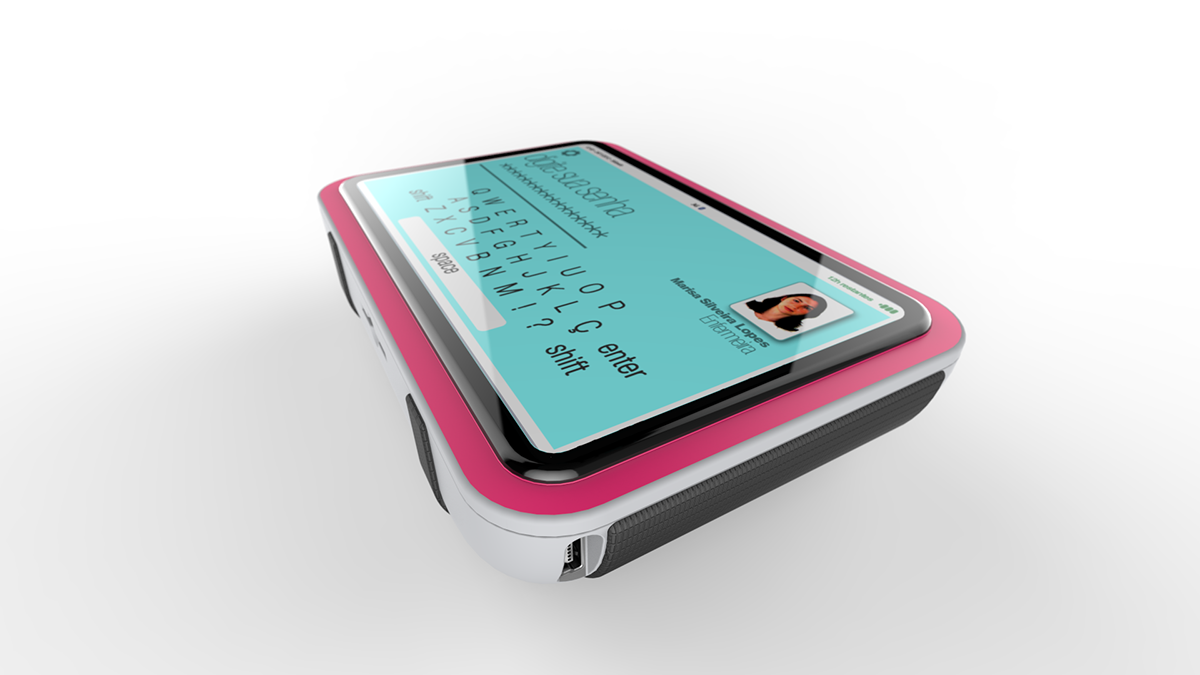











User log in (enter your password)
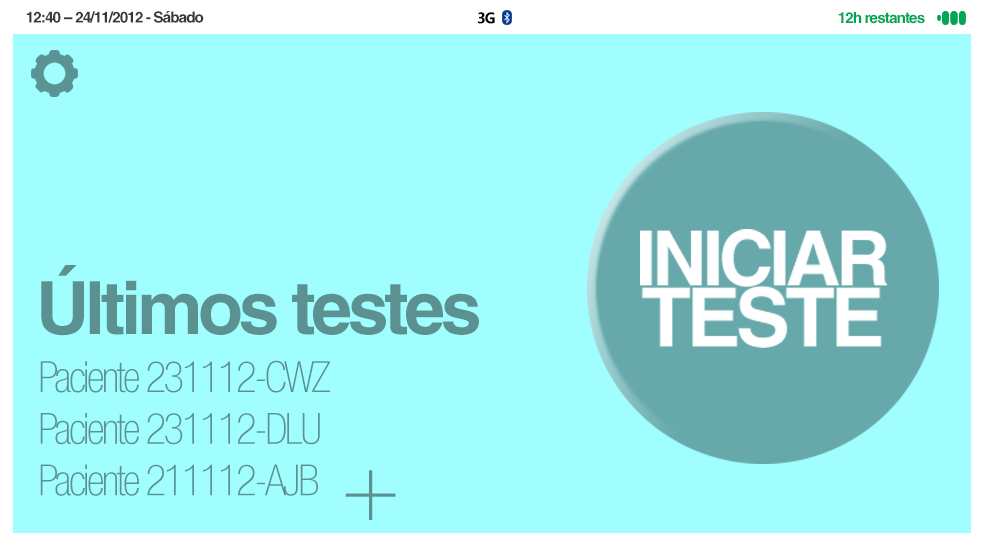
Main screen (start test; last tests)

Testing the patient's blood sample (cartridge recognized; examining)

The test was sucesseful! Not infected (register patient; print results)

Patient registration form






